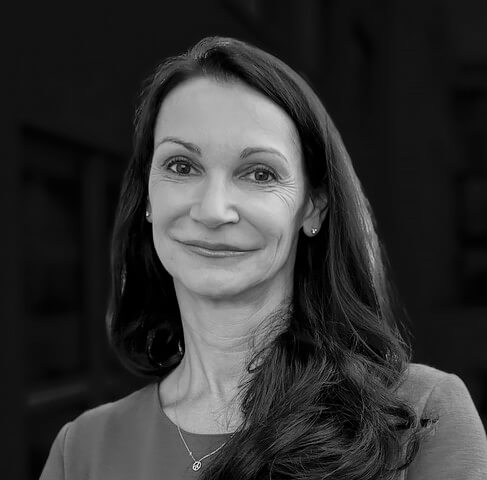Annemarie Jung is a self-taught photographer.
Since her debut in 2021, Annemarie has rapidly garnered recognition, winning numerous prestigious awards and exhibiting her work internationally and locally. Her photographs have also been published in esteemed photo magazines such as National Geographic, Smithsonian, AAP Magazine, and books (Prix de la Photographie Paris, International Portrait Photographer top 101 Book).
Drawing inspiration from her natural curiosity and an unwavering drive to transform ideas into art, Annemarie's artistic focus lies in capturing the essence of the human element. Through her evocative and sometimes provocative approach, she skillfully explores the intricate nuances of the human experience. Storytelling and forging personal connections serve as the guiding pillars of Annemarie's work, breathing life into her captivating compositions. Her unwavering commitment to non-traditional paths allows her to delve into uncharted territories and present unique perspectives to her viewers.
Her academic record includes a Masters in Journalism and Communication, an MBA, a Masters in Law LLM, A Masters in English Literature, and she is starting a Masters in Photography in January 2024.
